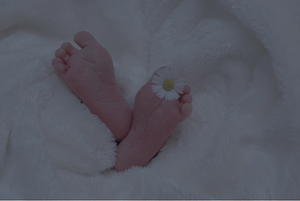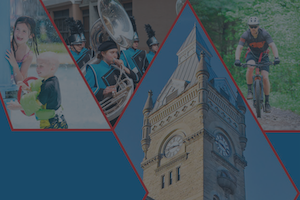Carriage era near an end
NEW YORK — Time may be running out for the iconic horse carriages that carry tourists around New York City’s Central Park. Mayor Bill de Blasio has already declared his intention to shut down the industry, saying it is inhumane to keep horses in modern-day Manhattan.
While that debate could be over, at least one nagging question remains: What will become of the horses?
Both sides in New York City’s carriage horse battle insist they will find a sanctuary for the about 200 horses licensed to pull carriages in New York City. But drivers warn that shutting down the city stables might have the unintended effect of eliminating a rare outlet for surplus horses pouring out of the farming and racing industries — sending them faster to the slaughterhouse.
“If they did not come to New York City, most of these horses would be dead,” said Ian McKeever, an Irishman who owns nine Central Park horses and has been driving a carriage in the city since 1987.
That’s an argument that infuriates the loudest critics of the industry, who say the nation’s unwanted horse dilemma is no excuse to preserve an inhumane business.
“Anyone who cares about a horse wouldn’t think that taking it and sticking it in Midtown traffic is the right answer to that problem,” said Allie Feldman, executive director of a leading anti-carriage lobbying group, New Yorkers for Clean, Livable and Safe Streets.
Last year, roughly 140,000 U.S. horses were shipped off to slaughterhouses in Canada and Mexico when they became unaffordable, or unprofitable, for their owners.
The root of the problem is unregulated breeding, said Wayne Pacelle, president of the Humane Society of the United States. Every year, far more horses are produced than can possibly get lifetime, or even middle-aged, care. The number of sanctuaries for retired horses is small — around 500 nationwide.
In Pennsylvania’s Amish country, which is the source of many of the horses that wind up working in Central Park, this oversupply plays out weekly at the New Holland Livestock Auction. Every Monday, buyers for foreign meat factories snap up horses — many still young and healthy — that once pulled plows, buggies and carts, or even served as family pets. All have been discarded because of lackluster performance or rising costs of care.
Mishaps involving horses that bolt or get hit by cars make headlines every few years, with the most recent traffic or spooking deaths in 2006 and 2007.
“Horses do not belong in the middle of traffic in New York City. They do not belong in an urban environment like this. It’s not safe for them. It’s not fair when you think about what their lives should be and what our society is like,” de Blasio said last week during an appearance on Comedy Central’s “The Daily Show.”













